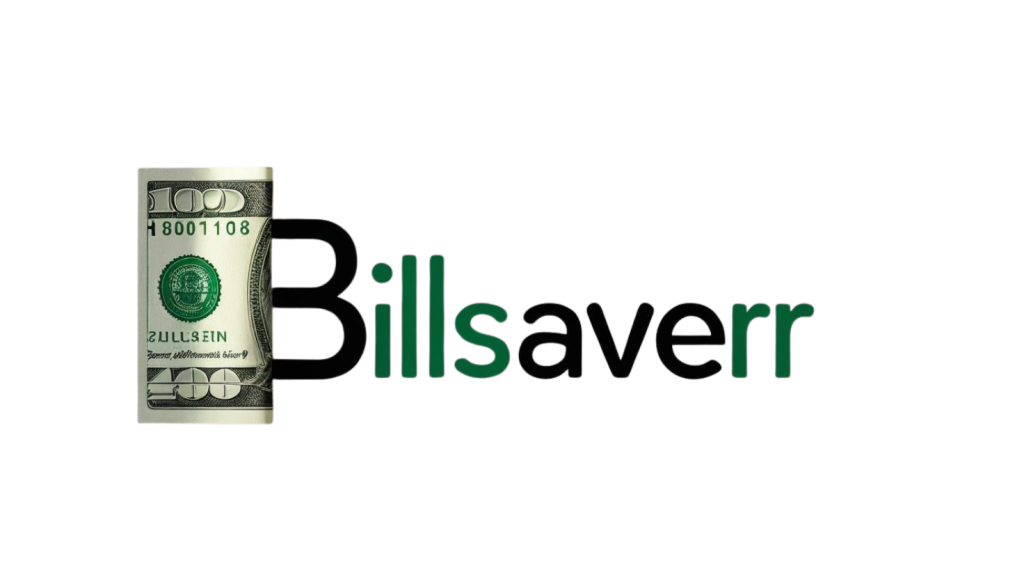Have you ever opened your phone, cable, or internet bill and thought,
“Wait… what am I even paying for?”
You’re not alone — and it’s not by accident.
Companies often intentionally design your bills to be confusing, filled with vague language, extra fees, and hard-to-understand breakdowns. But why? What’s the benefit of making something as basic as a bill feel like a puzzle?
The answer lies in psychology, marketing strategy, and profit protection.
Let’s dive into why companies make your bills confusing — and how it helps them keep more of your money.
1. Confusion Creates Inaction
At the core of it all is this truth:
Confused customers don’t complain.
When a bill is simple and easy to read, you can clearly see if something looks wrong. But when it’s filled with 15+ line items, abbreviations, taxes, surcharges, and unexplained “fees” — your brain does what it’s wired to do: it shuts down.
Instead of calling or investigating, you shrug it off and move on with your day.
That’s exactly what companies want — to overwhelm you into silence.
2. “Drip Pricing” Masks the True Cost
Ever seen a bill where the base price is advertised as $69.99… but the final bill is $94.83?
This tactic is known as drip pricing — where the price “drips” higher through small, hidden add-ons like:
- Equipment rental fees
- Regional sports fees
- Regulatory recovery charges
- Administrative processing fees
These extra charges are often placed toward the bottom of the bill, in smaller fonts, deliberately downplaying their importance.
Why? Because a low base price gets you in the door — and the sneaky fees are how they profit after the sale.
3. Complexity Reduces Negotiation Power
When you don’t understand how your bill is structured, you’re less likely to negotiate or question it.
Imagine trying to argue with a customer service agent about a bill that looks like this:
“$14.99 — Add’l Promo Adj. Offset + $7.42 – Regulatory Fee + $3.90 Svc Cost Recovery Adj.”
How do you even start?
By making their billing intentionally opaque, companies tip the power dynamic in their favor. They know the average customer won’t push back on something they don’t understand.
4. The Illusion of Value
Confusing bills sometimes make it look like you’re getting more than you really are.
Bundled services, for example, might say:
“$30 off for bundle discount”
“$15 promotional discount applied”
You feel like you’re winning — but in reality, your “discounted” plan may still be more expensive than an unbundled version elsewhere.
This is classic loss aversion psychology at work. You’re less likely to cancel a service if it looks like you’re “losing a discount,” even if the deal isn’t actually saving you anything.
5. Confusion Helps Retention
Believe it or not, confusing bills increase customer retention. Here’s how:
- You’re less likely to switch providers if you don’t fully understand what you’re paying for.
- The fear of making a mistake or losing a “deal” keeps you stuck.
- You postpone the decision to cancel or negotiate — month after month.
In other words, confusion buys them time — and time equals money.
So… How Can You Beat the Game?
Here’s the good news: You don’t have to play along.
You can fight back by:
- Reviewing your bills monthly
- Asking providers to explain every charge
- Canceling or reducing unused services
- Working with professionals who understand how to decode and negotiate better rates
At Billsaverr.com, we specialize in exactly that.
We know the psychology, the pricing tricks, and the systems providers use — and we use that knowledge to cut your bills down to size.
Final Thoughts: Knowledge Is Power
Your bills aren’t confusing by accident — they’re confusing by design.
It’s a strategic move to make you spend more, question less, and stay longer.
But now that you understand the hidden psychology behind it all, you’re in control.
Or better yet, let our experts take control for you — and start saving without the stress.
Ready to See Through the Confusion?
Upload your bills today.
We’ll decode, negotiate, and lower them — or you pay nothing.
✅ No savings, no fee. All clarity.


Leave a Reply